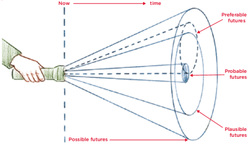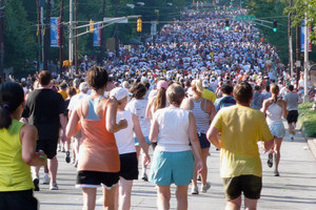In an exclusive interview, Eugene Kaspersky, CEO of one of the largest digital security firms in the world, lifts the veil on a shadowy world of internet espionage and sabotage: and it's not a pretty sight • Get ready for Cyber Armageddon.
By Ilan Gattegno
READ INTERVIEW
By Ilan Gattegno
READ INTERVIEW





 RSS Feed
RSS Feed